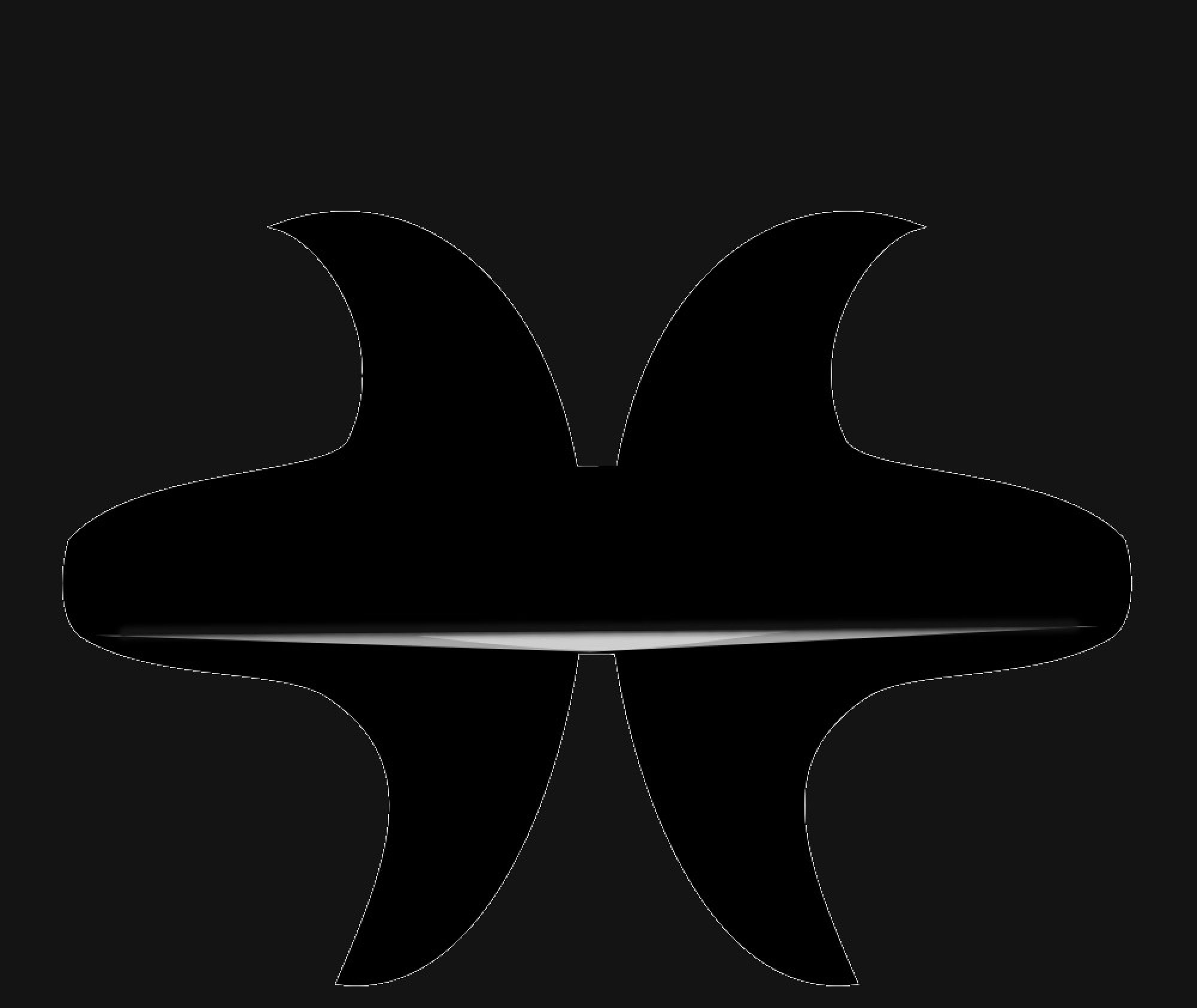I’ve spent already too much time on this topic with no real insights. Most of papers I read said something along the lines: they link together to overcame inhibition. But perhaps is not meant to be taken at face value. They can overcame inhibition only by being active, but if they are already active, what do they overcome then ? Moreover, we say they are inhibited, but in fact they are active ?
Assume such a dendritic structure: D(S1, S2), where S1 and S2 are 2 synapses. Assume S1 and S2 are not able to activate dendrite D by themselves and they need and additional S3 for the dendrite to become active and activate generic Neuron N1. That means the neuron providing the synapse S3, lets call it N2 has to fire first. This way may be possible to establish directionality as long as N1 does not link back to N2. But what is “direction”… Hubel and Wiesel experiments did have direction but in real life light is always there.. Could direction be the constant movement of the eye ? Even so, why would direction be important ?
Can’t find a believable reason for having a true inter-layer link. When I say “true inter-layer”, I’m trying to discard the possibility where neurons actually link in a feed-forward like network, but where a biological layer is actually made of many “neuronal” layers..
